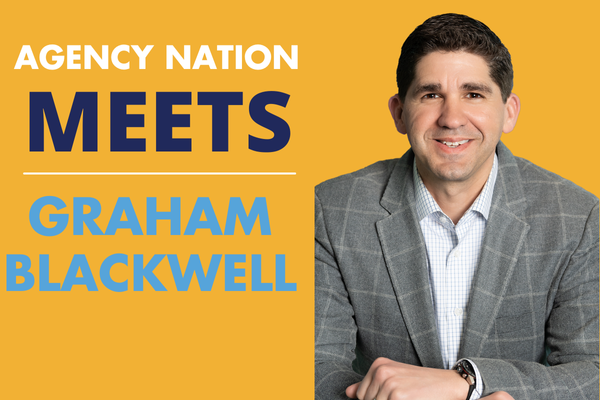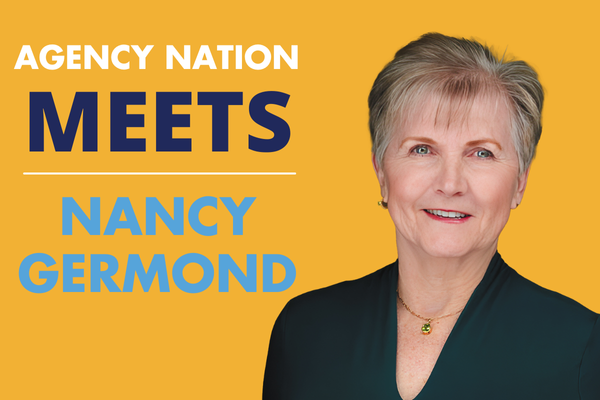3 Consequences of Higher Personal Umbrella Loss Costs

By: Jacquelyn Connelly
Historically, the personal umbrella market has been a fairly profitable line of business for insurance carriers, thanks in large part to predictably low frequency trends.
But in a market where “you either have no losses or you have huge losses,” points out Bill Gatewood, vice president and director, Personal Insurance Center of Excellence at Burns & Wilcox, low frequency can only get you so far.
“Frequency of loss is pretty consistent and predictable in the personal umbrella market,” says Eric Raudins, vice president, specialty personal lines at RLI Insurance Company. “The severity of loss is what’s becoming more and more problematic.”
What’s driving severity up in the personal umbrella world? Gatewood cites factors like an increasing number of elderly drivers on the road, while Raudins points to higher jury awards, broader judicial interpretation of insurance policies, and litigation funding as an investment vehicle—all of which is “encouraging more lawsuits and larger verdicts, which fuel loss cost inflation,” he explains.
As personal umbrella carriers grapple with these changes, here are three consequences you can expect for your agency’s personal umbrella book:
1) Higher rates. With personal umbrella loss costs increasing as much as 7% every year, according to Raudins, this is the logical solution for many carriers.
“The market is hardening,” Raudins says. “Even if you’re in a profitable position today, your rates really need to keep up with just the increase in loss cost inflation. For those who are disciplined on the pricing side, you should see single-digit rate increases, probably year after year for a while.”
But while Gatewood is also observing personal umbrella pricing inch upward “a little bit,” the good news is that any increases shouldn’t be too shocking for your insureds. Because the price of a personal umbrella has been so low for so long, “even if you see a double-digit percentage increase, it’s still a relatively small change in terms of actual dollars impacting the client,” Gatewood explains.
Regardless of slightly higher rates, “a personal umbrella is still a very inexpensive insurance policy,” Gatewood adds. “You can get $1 million of coverage for $200 a year. When you look at the amount of limits you get and the pricing that has historically been charged, it’s probably the best value in the personal insurance market.”
2) Tighter underwriting. Of course, that may not be the case forever, especially as some insurers respond to mounting losses by restricting capacity and coverage. “It’s not as easy to get higher limits as it was a few years ago,” Gatewood points out. “If somebody needs $40-50 million of liability insurance, that may not be as available as it was before.”
On the coverage side, Gatewood expects tighter underwriting on older drivers in particular—those in their 80s and above. “You may see underwriters being less forgiving of prior tickets and accidents,” he predicts. “Some underwriters are starting to scrutinize driving history a little more heavily. For example, we’re getting requests for health statements on some of these senior drivers, just to make sure their driving skills are still there.”
This is where agents need to read policy language very closely, Raudins cautions. “Customers typically expect umbrella policies to sit over the top of all their other policies and provide a blanket coverage,” he says. “You have to be cognizant of unique exposures. You never want to have that moment where your customer thought something was covered and it wasn’t.”
3) Changing appetites. On top of higher rates and tighter underwriting, the personal umbrella space is also dealing with fewer players, Gatewood points out. “There aren’t as many options as there used to be,” he says. “That’s partially because of merger & acquisition activity in the insurance company space, but we have also seen a couple of markets that have made a conscious decision to get out of offering higher limits.”
And there’s not exactly a crowd of hungry carriers looking to replace them, Gatewood says. “It’s an expensive line of business,” he explains. “The cost of capital is more expensive in the umbrella line, and a lot of carriers would rather deploy that capital someplace else. If they’re not already in the umbrella business, it’s probably not something they’re licking their chops to jump into.”
Jacquelyn Connelly is IA senior editor.










